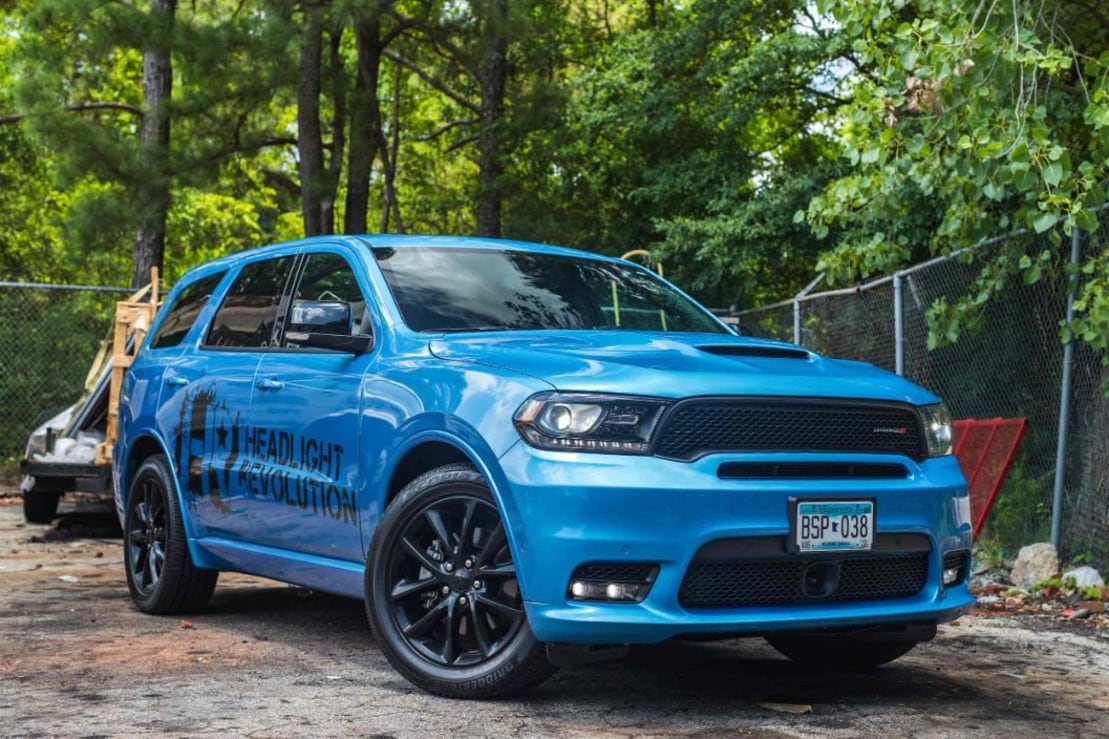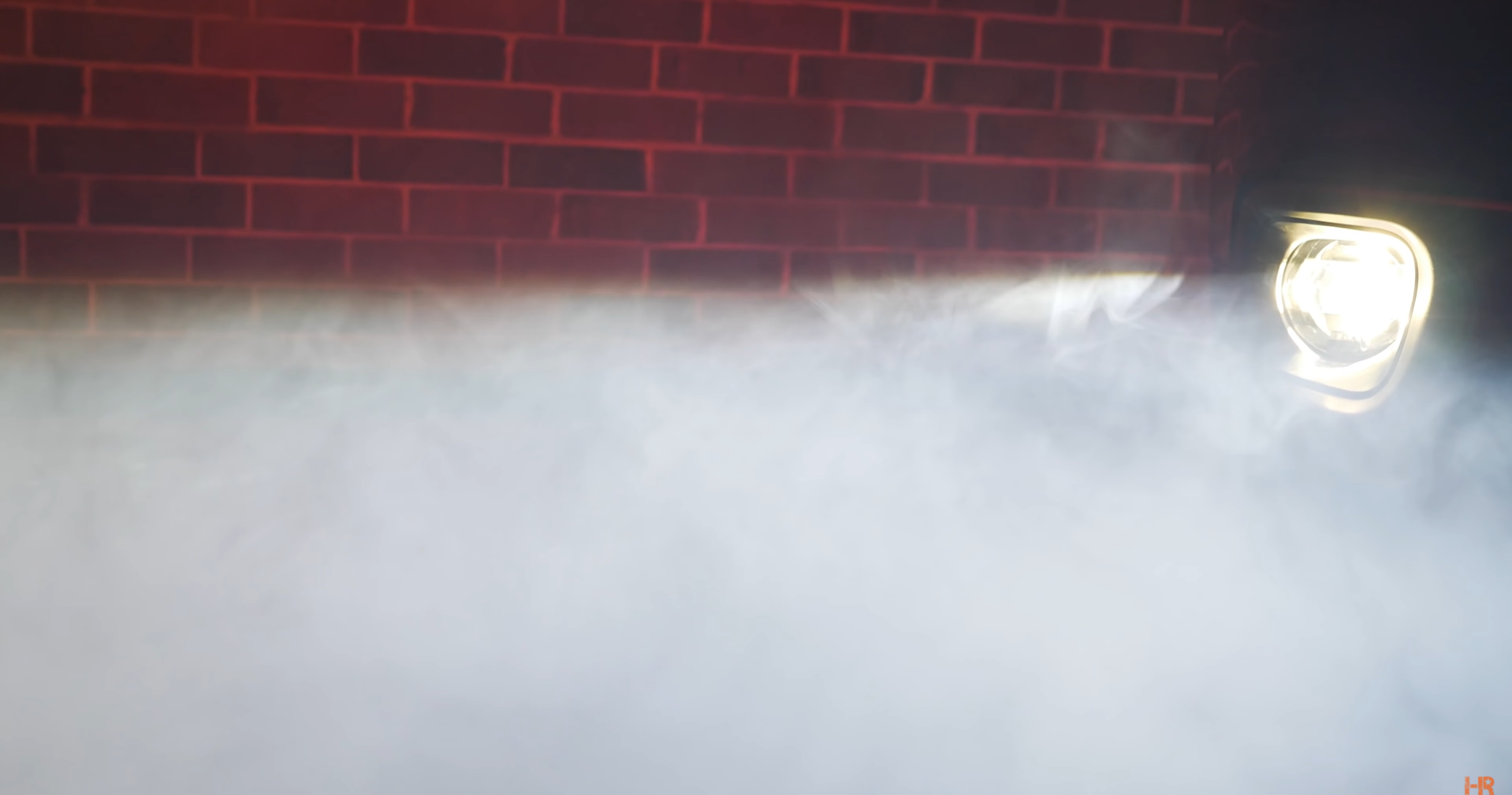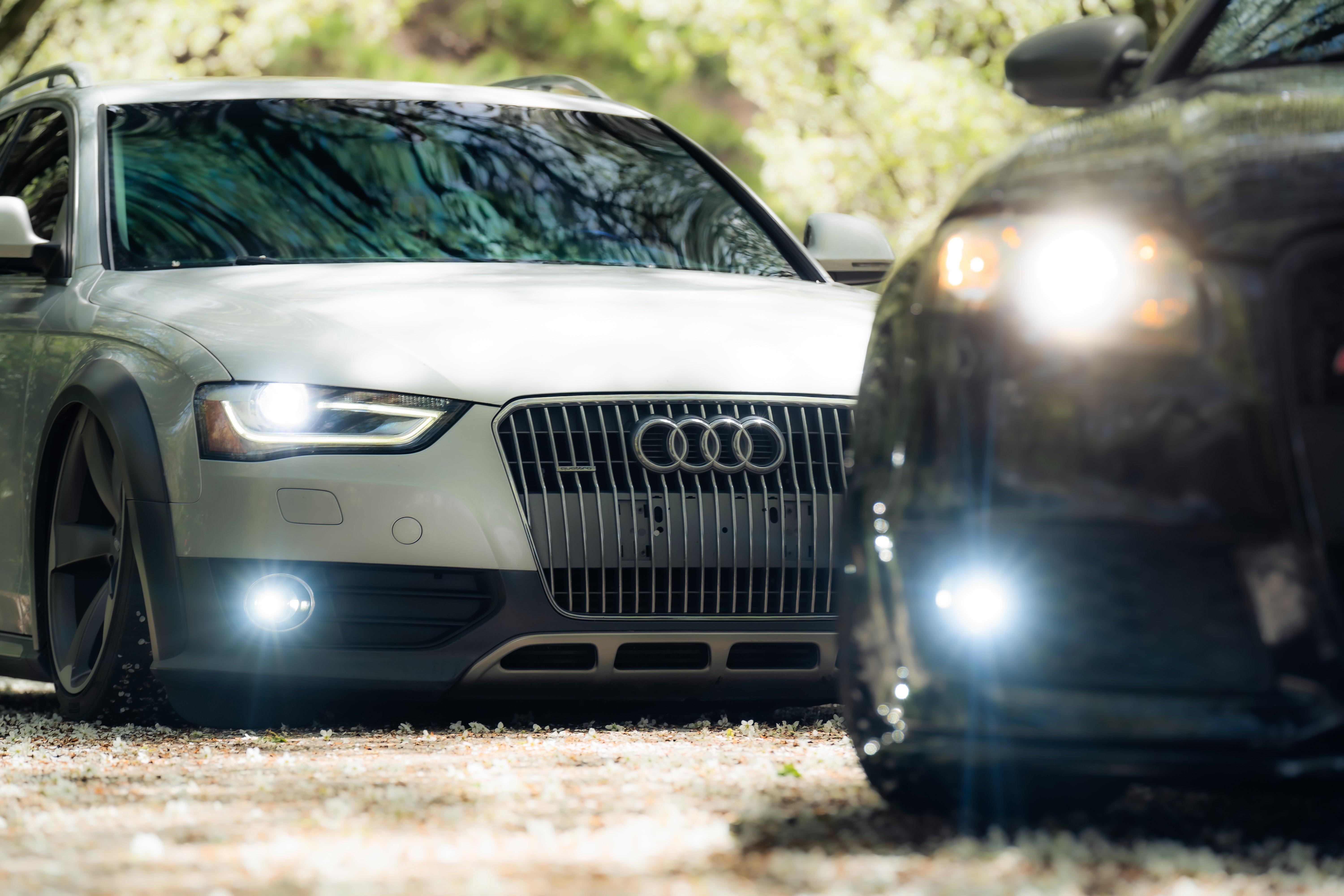Tech Tips: HID Color Temperature and Kelvin Explained | Headlight Revolution
Headlights come in a range of different colors from whites to blues and yellows. If you are confused as to why we use terms like 5000K, color temperature, Kelvin, or warm light and cool light; you are not alone. Today we will get into why we use a 170-year-old temperature scale to describe the color of your headlights.
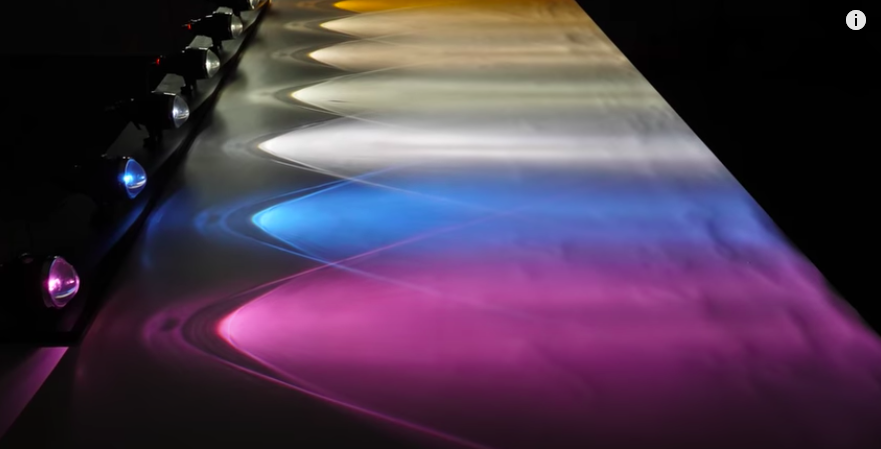
We will take a look at how the color temperature scale comes into play when it is applied to headlights and how the color temperature affects your visibility when driving at night. We will also look at how the use of yellow headlights in multi-class racing does and does not apply to road use applications.
LORD KELVIN AND ABSOLUTE ZERO
Before we dive into the technical jargon and big word type stuff, we first need to see where they all originated from. In 1848, William Thomson wrote a theory on an absolute zero temperature scale. This theory was developed and refined over time and came to be true. Now, this theory, known as Absolute Theory, is used by scientists all over the world as a standard for measuring temperature.
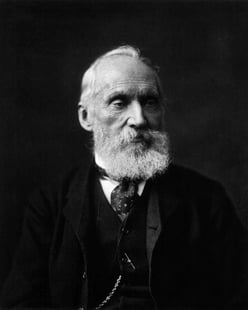 |
 |
William Thomson was only 24 years old when he invented this temperature scale. This scale is a part of thermodynamics, which is the study of heat, work, and temperature with relation to the physical properties of matter. Thomson was Knighted by Queen Victoria in 1866 for his work on the Transatlantic Telegraph cable where he operated as a scientific advisor on the project. In 1892 he was ennobled for his work in thermodynamics. The title, Lord Kelvin, came from the river that his office was next to.
Lord Kelvin is also noted for pioneering and forwarding the technologies of maritime compasses and the electric telegraph. In short, Thomson achieved many things in his lifetime that bolstered his status as a respected member of the scientific community.
TOMPSON AND COLOR TEMPERATURE
How does this lead us to a lifted Toyota 4Runner with blue LED headlights and enough fog lights to wake Tompson up from his grave? Well, to put the Kelvin temperature scale into perspective, a cutting torch in a welding shop can reach up to 5000° F = 3033.15K. That same temperature in light projected onto our wall gives a yellow color. That same color can be seen while cutting steel.

We collect Lux readings from all the headlights that we test and a general rule of thumb, colors in the middle of the spectrum, create the most light. This is the most visible and usable light. Anything higher or lower than 5000K is less bright. If you are wanting lights that are a little more yellow or blue, you are sacrificing some brightness.

If you are wondering why color temperatures higher than 5000K get progressively less bright, it is important to remember that color temperature does not pertain to brightness, it refers to color on the visible light spectrum. The higher up on the Kelvin scale you go, you trade visible light (brightness) for color.
All visible light is a part of a larger electromagnetic spectrum of decreasing and increasing wavelengths that you and I see in color from red to violet. The reason why a blue-colored light that produces 10000K does not produce much light is that the light is becoming more invisible as the wavelengths move closer to the ultraviolet area of the light spectrum (cool light).

The same rule applies to yellow-colored headlights as you get closer to Infrared invisible light. Our eyes just cannot perceive light above and below the visible light spectrum. The warm light produced at the higher end of the color temperature spectrum slowly loses its visibility as it stretches farther away from the center of the spectrum.
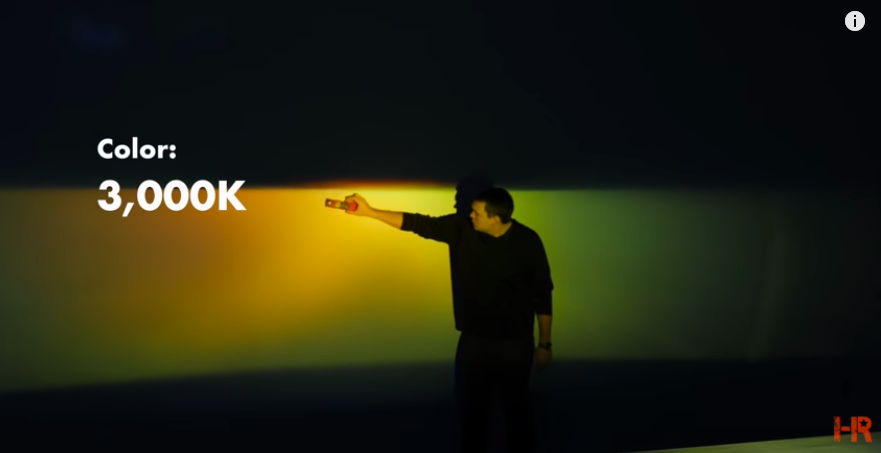
WHY Is TEMPERATURE used FOR COLOR?
This is a pretty straightforward question. Looking at the sun (not directly), the color temperature of the sun is around 5800K, which also means the surface temperature of the sun is 5800K. We can use scientific devices to measure the color the sun happens to be and reproduce it in a number of representative ways.
From there, we can create LED and HID lights that produce that color. A benefit of this technology is that you can have headlight bulbs that have a color temperature of 6000K that do not produce that equivalent of heat. Bulbs like this HID bulb produce about 200° F. The question is, how does a light produce 6000K of color temperature but not in actual temperature?
 |
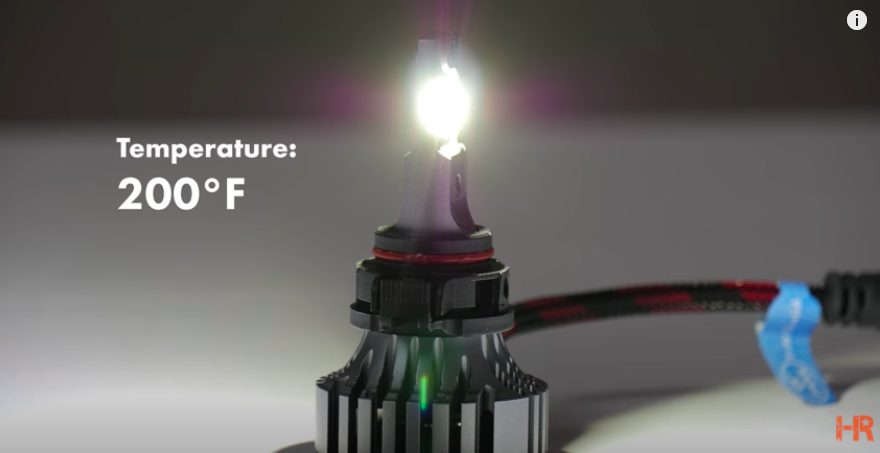 |
In a High-Intensity Discharge (HID), the outer glass tube with a quartz glass capsule contains chemicals like different types of metal salts, mercury, sodium, xenon gas, and a pair of tungsten electrodes. The ballast sends high voltage electricity to each electrode to which produces a blazing arch that produces light.
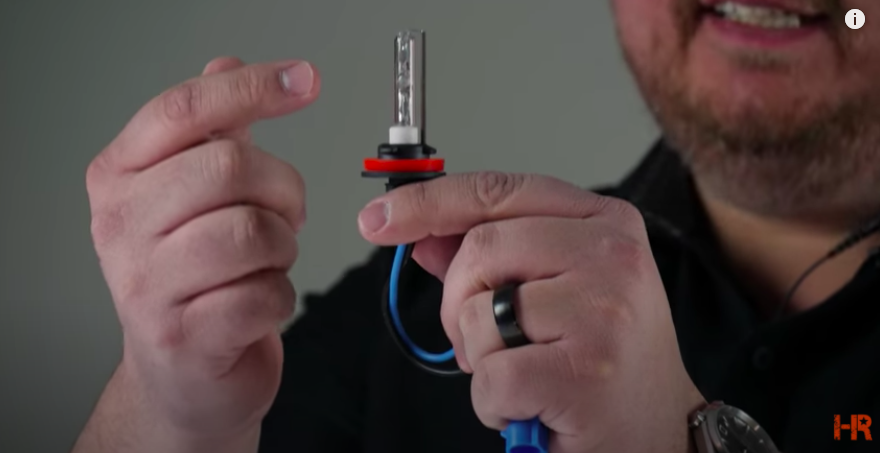
The metal electrodes that carry the electricity, the makeup of the metal salts, the and concentration of other chemicals inside the capsule are what create the different colors. The chemicals inside the capsule also create different colors. Think of how throwing copper or borate into a fire turns the flames blue or green, respectively.
BUT THAT RACECAR HAS YELLOW HEADLIGHTS?!
When it comes to yellow headlights, it is a common misconception that these cars have yellow headlights to help them see through the rain and fog when racing at night or in darker conditions. While this is correct in the general sense, it does not encompass the whole truth.
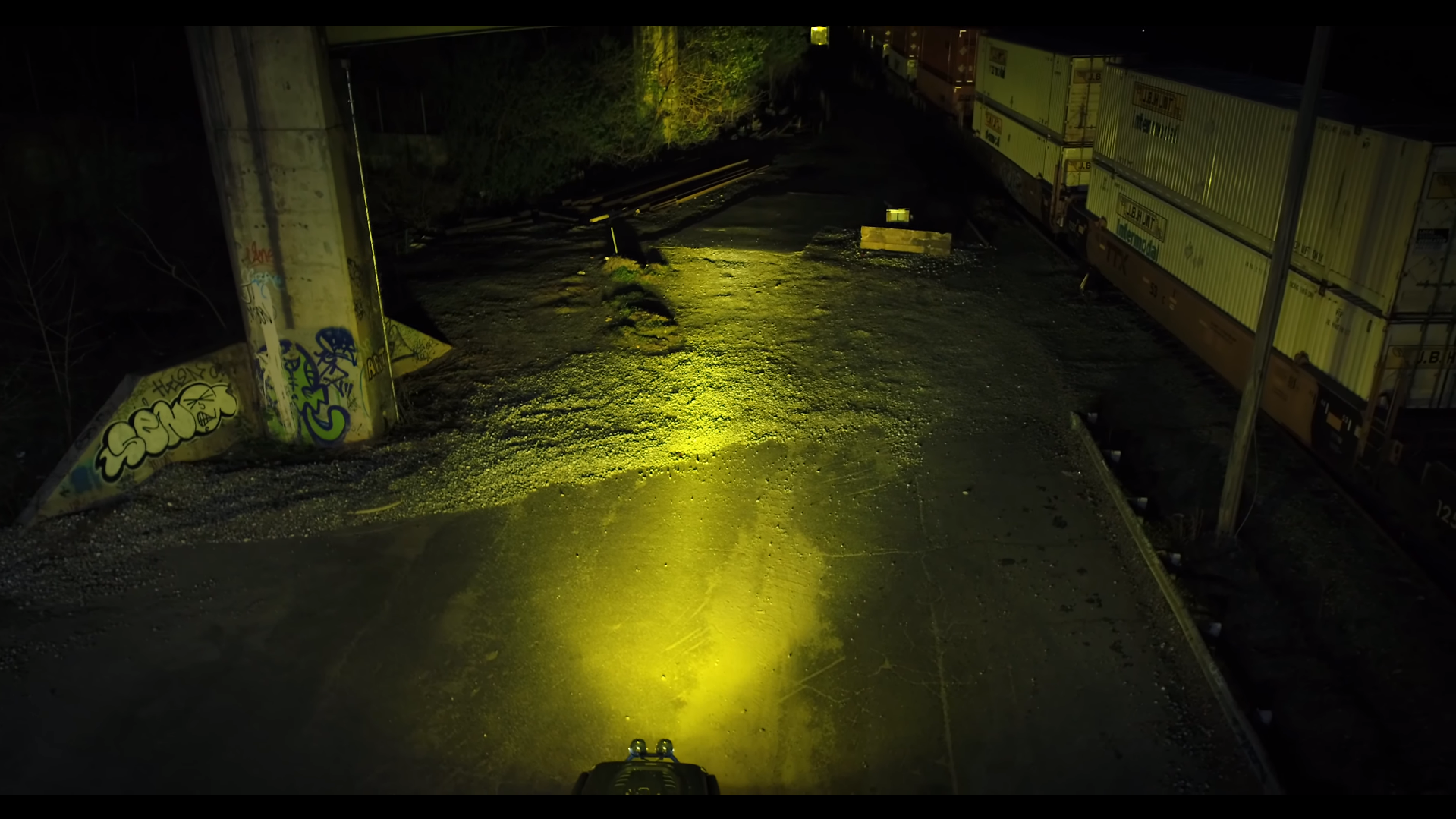
The reason you see Le Mans cars, particularly the GT classes that include Corvette, Porsche, Ferrari, and BMW, running yellow headlights is so that the drivers, fans, announcers, and marshal can identify them from their faster counterparts, Le Mans Prototypes (LMP). These cars typically run white headlights, closest to the center of the visible light spectrum.
When the drivers are racing at night, GT class drivers are able to know what kind of car is approaching them at night and can give way or act defensively depending on who is trying to pass them.
Where the truth of yellow light performance comes into play is through fog light applications. The yellow light emitted through these ~3000K fog light bulbs will actually penetrate through snow, rain, and fog more effectively than white light that just tends to bounce off of it. Think of when you have turned on your high beams when driving through the fog, causing you to see worse.
You can learn more about fog light brightness and which options of the best for your off-road vehicle.
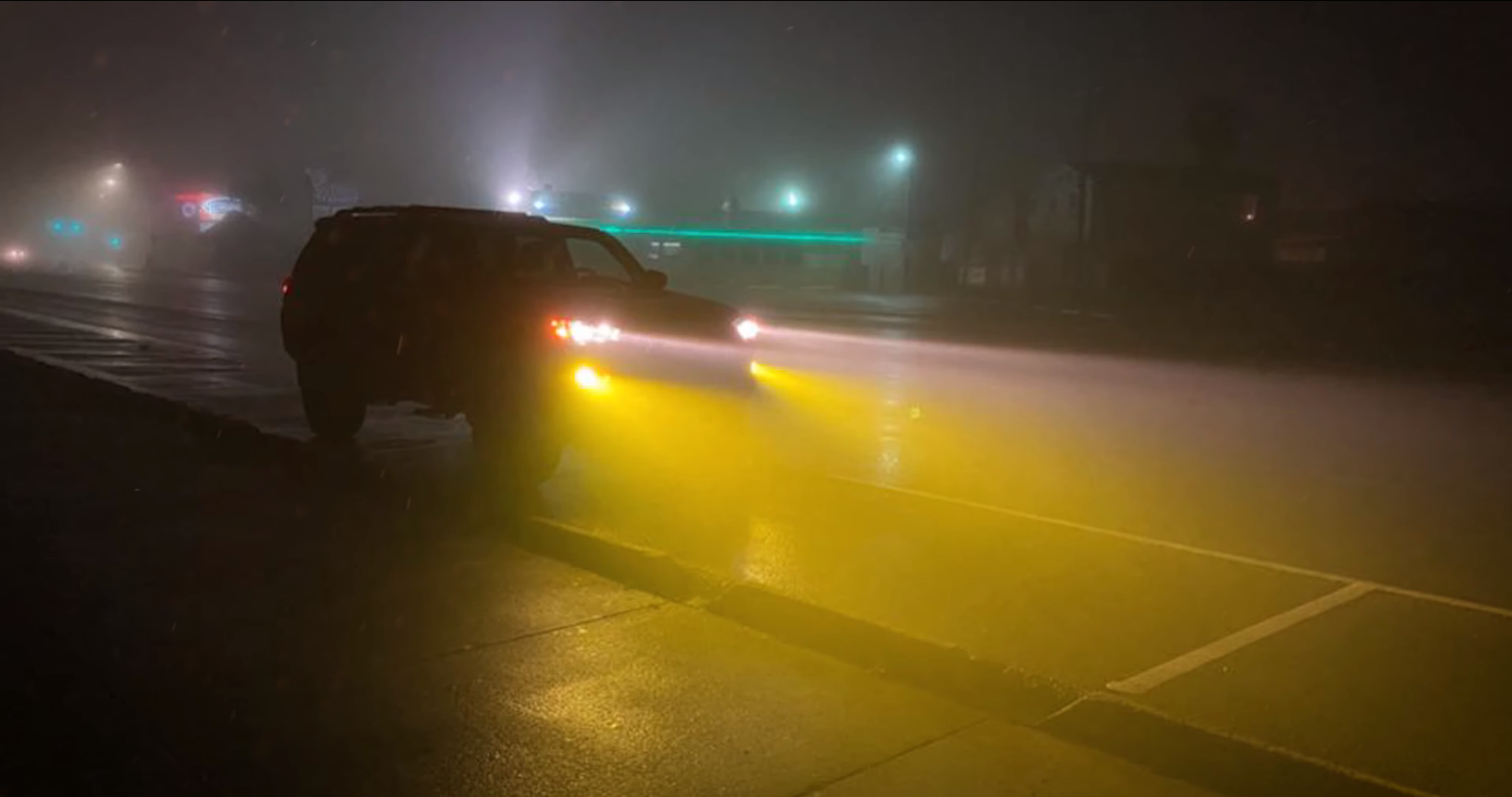
END OF CLASS REVIEW
Colors closest to the center of the color temperature spectrum will be between 4000K and 5000K. Each will produce a white, or warm white light. These will give you the most visibility when driving at night. If you are looking for lights that lean more towards blue or yellow, keep that in mind while shopping.
10 years ago, the industry-standard was 8000K iceberg blue and 10000K deep blue. Five years ago, many people requested 6000K diamond white. Today, we sell more 5000K HID bulb colors and 6000K in LED bulb colors.
When choosing your lights, make sure you understand that the further away from the center of the color temperature spectrum you travel, the less visible light you will see. When driving at night, you need to be able to effectively navigate the roads, so using a 12000K purple light, is not the safest option for doing so.
If you enjoyed this post and are looking for some information on headlights and other accessories to level up your vehicle, check out our website HeadlightRevolution.com to check out our universal options. You can also put in the Year/Make/Model of your car, and see what options are available to you.
If you are more of a visual learner, be sure to check out our video on HID Color Temperature. While you are there, make sure to like and subscribe to our channel for the latest lighting upgrades for your vehicle.
Have any questions about one of the products we mentioned? Contact us today, and our customer service team would be happy to help.
